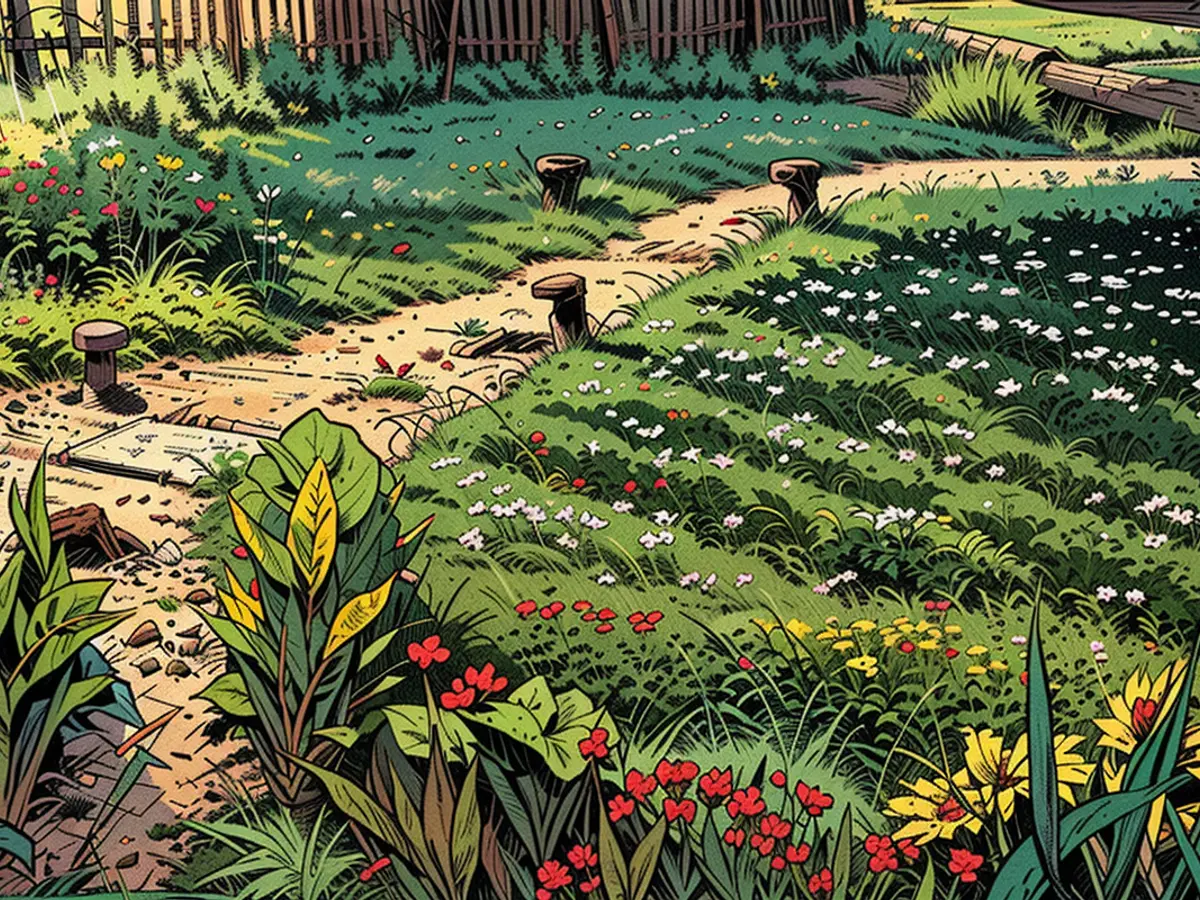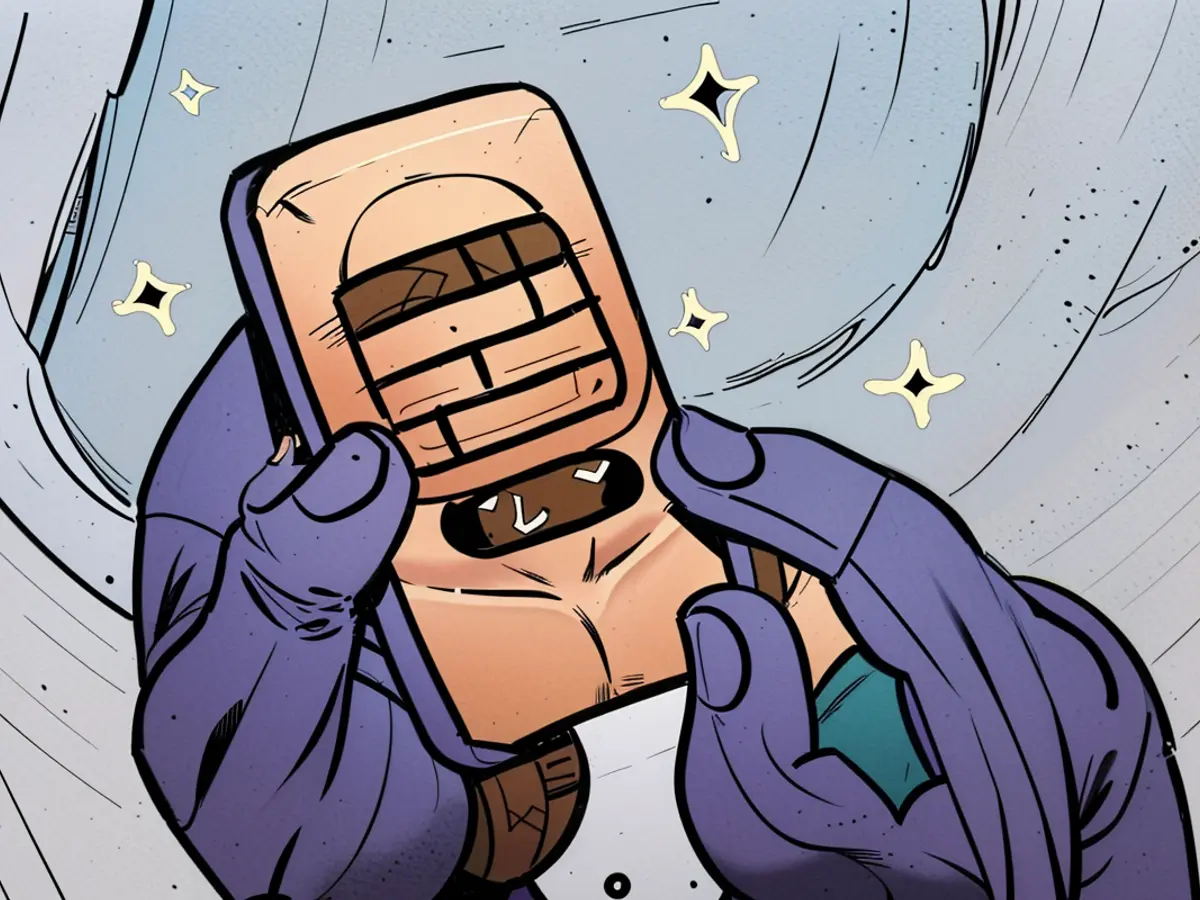How to Grow an 'Eco Lawn' (and Why You Should)
While a green lawn with checkerboard tracks and uniform blades is an iconic symbol of American suburbia, lawns are also a lot—a lot of mowing, trimming, weeding, fertilizer, overseeding, and watering, and all with little benefit to the environment. Which is why I was happy to tear it all out and switch to an eco lawn. I’m now two years into the experiment and I feel a sense of enlightenment and glee when I hear my neighbors fire up their lawn mowers; that is not a thing I have to do anymore. While eco lawns are not “set it and forget it” they are, overall, dramatically less work and investment.
It's surprising how much more inviting eco lawns are to sit or lie down on. Unlike grass, clover provides a fluffier surface. Lying on my lawn is like lying on a cloud. The soil has never been happier; the lawn is drought resistant and winter resistant; dog pee doesn't affect it; and damn, are my bees happy. .
You can still have some fescue in your eco lawn
When it was time to decide on groundcover, I consulted with PT Lawn, which makes eco lawn mixes for all kinds of different conditions and situations. It turns out that in many cases, eco lawns just had different kinds of grass in them, mixed with other seeds, and with different expectations. For instance, in my backyard, I went with a mix that grows tall grass that will flop over, so it doesn’t need to be mowed. There are dog-park mixes with resilient grass, as well. A good eco lawn is diverse, so there isn’t a monoculture. You won’t have this giant uniform groundcover, but a diverse lawn means a more resilient one.
The best start is to completely remove the previous lawn
With three separate areas to convert, I’ve tried almost every method out there, from overseeding to just cardboard mulching before starting new. The method that actually worked was to physically remove all the previous grass, and then cardboard mulch on top of that. This smothered all the grass seed, and the composting cardboard gave a nice boost of nitrogen to the ground after it had been robbed of it from years of lawn. On top of the cardboard, I put about five inches of good, screened compost, then my new eco lawn seed and finally, a grass straw mulch on top, to ensure birds didn’t run away with my seeds and some moisture was retained so the seeds could germinate. Like all lawns, you’ll need to water a lot during germination, or simply wait for the rainy season in fall or spring.
You don’t have to mow, but you can
I mow my eco lawn about twice a summer, when it gets a little long in the tooth. But I don’t need to; none of the seeds in my mix would grow taller than a foot if I let them, and my neighbors enjoy the meadow look of my mix. Trimming it back a few times a year does make it more resilient, forcing the plants like yarrow and daisies to grow back with stronger stems. If having a uniform lawn is important to you, you can still achieve that with an eco lawn by mowing consistently and/or using a limited variety of seeds. For instance, choose a few different clovers for a nice low uniformity. Outside Pride offers Mini Clover, which is a tiny clover bred to give you that nice, low uniformity. If the reason you still have grass instead of an eco lawn is that you think eco lawns are swarmed by bees, you can prevent that problem by just keeping the eco lawn mowed so it doesn’t flower.
You can overseed for annual color
It turns out there are just so many different clovers out there it would blow your mind, from strawberry to crimson to purple, and more. Some of those clovers, like white clover, are perennial, but some, like crimson, are annual. While the white clover in my lawn is going to come back year to year without issue, I like to toss in some crimson and strawberry clover every spring to get those gorgeous pink and red spires of clover blooms for birds and bees. It really is as simple as tossing them into the lawn in April.
You should still fertilize your lawn
While you don’t need to aerate or dethatch your lawn, and clover is a fantastic cover crop, you can still give your lawn some love by feeding it with an extended release fertilizer once or twice a year. I sprinkle Osmocote over the grass in spring and fall and let the rain handle the rest.
The mix of grass I chose for my eco lawn includes a type that grows tall and flops over, eliminating the need for regular mowing at home. My newly converted eco lawn area was prepared by physically removing the previous grass, layering cardboard mulch, compost, new seed, and grass straw mulch, then watering during germination.








